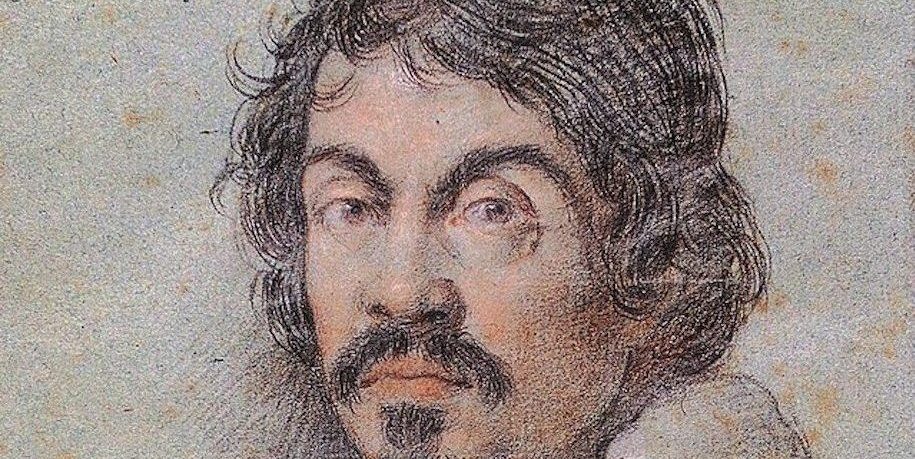Caravaggio: Painter, Murderer, and Knight of the Order of St John
Michelangelo Merisi da Caravaggio (1571-1610) escaped to Naples and subsequently to Malta after being banished from Rome for murdering a young man, most likely in a bar fight. It was here, nearly 400 years after his death, that I encountered him in the shape of an oil painting named The Beheading of Saint John the Baptist (1608). The artwork is still kept where it was commissioned – St John’s Co-Cathedral in Valletta, Malta’s grid-plan fortified capital. His art had its own oratory, as this masterpiece, at 370x520cm, was the biggest Caravaggio ever made. The piece’s great size only adds to the violence shown on the sprawling canvas.
At the time, Alof de Wignacourt, Grand Master of the Order of Saint John, welcomed Caravaggio as the Order’s official painter and Knight. A young girl waits close by, holding a golden platter, probably to fetch the head. A jailor instructs with his finger. A lady is taken aback. Prisoners peer in via a neighboring window. Caravaggio depicts John the Baptist being driven to the ground by an executioner wielding a knife, blood streaming from his neck, with which he wrote his name – an act he did not do on a regular basis. It is simply breathtaking. When Caravaggio’s reckless tendency caught up with him and he was arrested and defamed, it was in front of this picture that he was dismissed from the Order of St John, barely six months after his entrance.
Caravaggio never painted a naked woman, prompting suspicion about his sexuality – accusations that historians often admit due to some of his most homoerotic works.
A second Caravaggio, Saint Jerome Writing, may be seen in the Co-Cathedral. This artwork has a similar aesthetic approach but a much gentler subject matter. The sparkling reds draped over John the Baptist’s dying body and passing from his wounds are gathered over Saint Jerome’s lower half as he sits with ease, possibly transcribing the bible, as he was prone to do.
Caravaggio left Malta after less than two years because the Order of St. John had not provided him with the refuge he had hoped for from the Italian legal system. Despite his brief visit, he worked on numerous paintings throughout his stay. A disputed third Caravaggio has lately been rehomed in MUA, Malta’s national community art museum, representing John the Baptist sipping from a fountain earlier in his life.
Caravaggio, by all accounts a dramatic man, a skilled user of chiaroscuro, like his Renaissance and Baroque colleagues (including Leonardo da Vinci). This is evident in all of the artworks mentioned so far. Saint Jerome’s light skin is lit by an unidentified source, while the room behind him is cloaked in hazy browns. Indeed, a center divine glow highlights John the Baptist and his executioner, while the street corners, the doorway behind them, and the window from which the prisoners gaze out are all characterised by shadow.
While this dramatic style was popular, Caravaggio frequently painted violent scenes, and the vulgarity of the realism he used caused some controversy and difficulty with commissions, as some wanted their religious characters to be depicted as untouchable and perfect rather than the flawed and human figures Caravaggio preferred. Despite his immorality, Caravaggio never painted a naked woman, prompting suspicion about his sexuality – accusations that historians often admit due to some of his most homoerotic works and the fact that he never married.
Scholars have also speculated about his demise. Many theories have been proposed for his early death, ranging from syphilis to murder, unpasteurised dairy to infection. For a life that is so accurately detailed, at least geographically, many intimate details are lost in the mists of time. We must instead learn what we can from his artwork. Caravaggio painted over 100 works in his short life, and despite having only seen a few, I feel like I could know his work anywhere. I encourage you not to pass up the chance to view a Caravaggio the next time you are in Malta, Rome, Paris, Vienna, or even London.

Comments